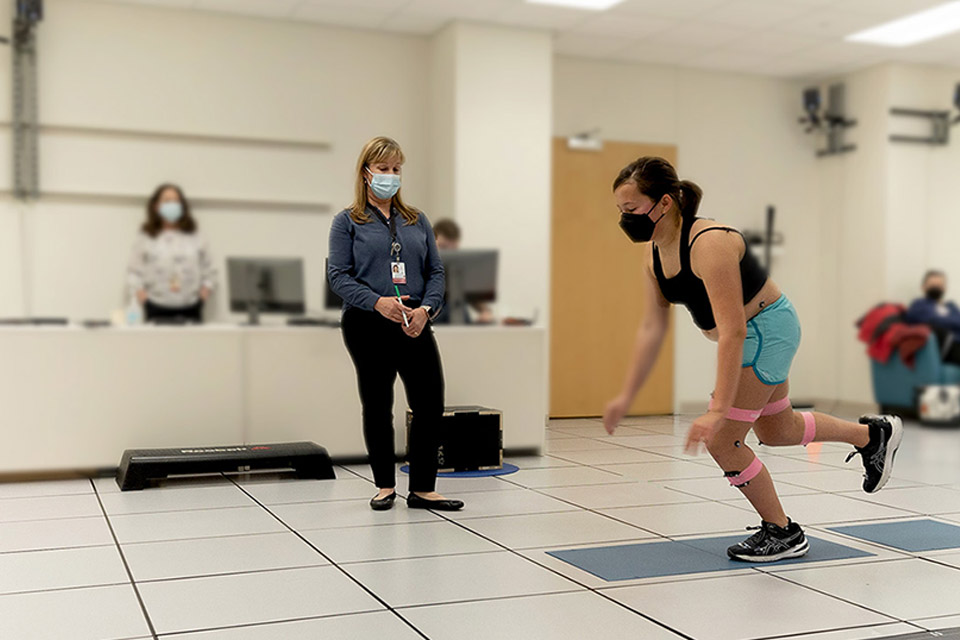We are always at the forefront of exceptional care when it comes to your child.
Pioneers in the treatment of rickets for over half a century, our innovative research and care makes Shriners Children's the place to be.
Rickets is the softening and weakening of bones in children. It stems from the body not being able to produce enough calcium and phosphate for the bones. There can be different causes. The most common and easiest to treat is when the child does not absorb enough vitamin D. This is called vitamin D deficiency rickets, or nutritional rickets. In very rare circumstances, there can also be a calcium deficiency if the child does not have enough intake. For vitamin D deficiency rickets, physicians prescribe vitamin D to their patients and they are cured after just a few months.
Rickets can also have genetic causes
Different types of genes are involved in controlling calcium and phosphate metabolism and if one of these genes has an abnormality, it can lead to rickets.
The pseudo vitamin D deficiency rickets, for example, looks like a vitamin D deficiency rickets but is not. In this case, the enzyme that activates vitamin D is absent. The symptoms look very much like vitamin D deficiency but it is a different cause. If you prescribe vitamin D, it will not help because what is lacking is the activation of vitamin D.
The other genetic form that is relatively current is XLH or X-linked hypophosphatemic rickets. XLH is caused by mutations in a gene on the X chromosome. It is an inherited disorder characterized by low levels of phosphate in the blood. Phosphate levels are low because phosphate is abnormally processed in the kidney, which causes a loss of phosphate in the urine (phosphate wasting) and leads to soft, weak bones. Diagnosis can be made on regular blood test or DNA testing which Shriners Children's have been doing for more than 25 years.
Specific treatments and services may vary by location. Please contact a specific location for more information.
Shriners Children’s is at the heart of my well-being. They gave me the opportunity to grow up normally and to be my true self.






